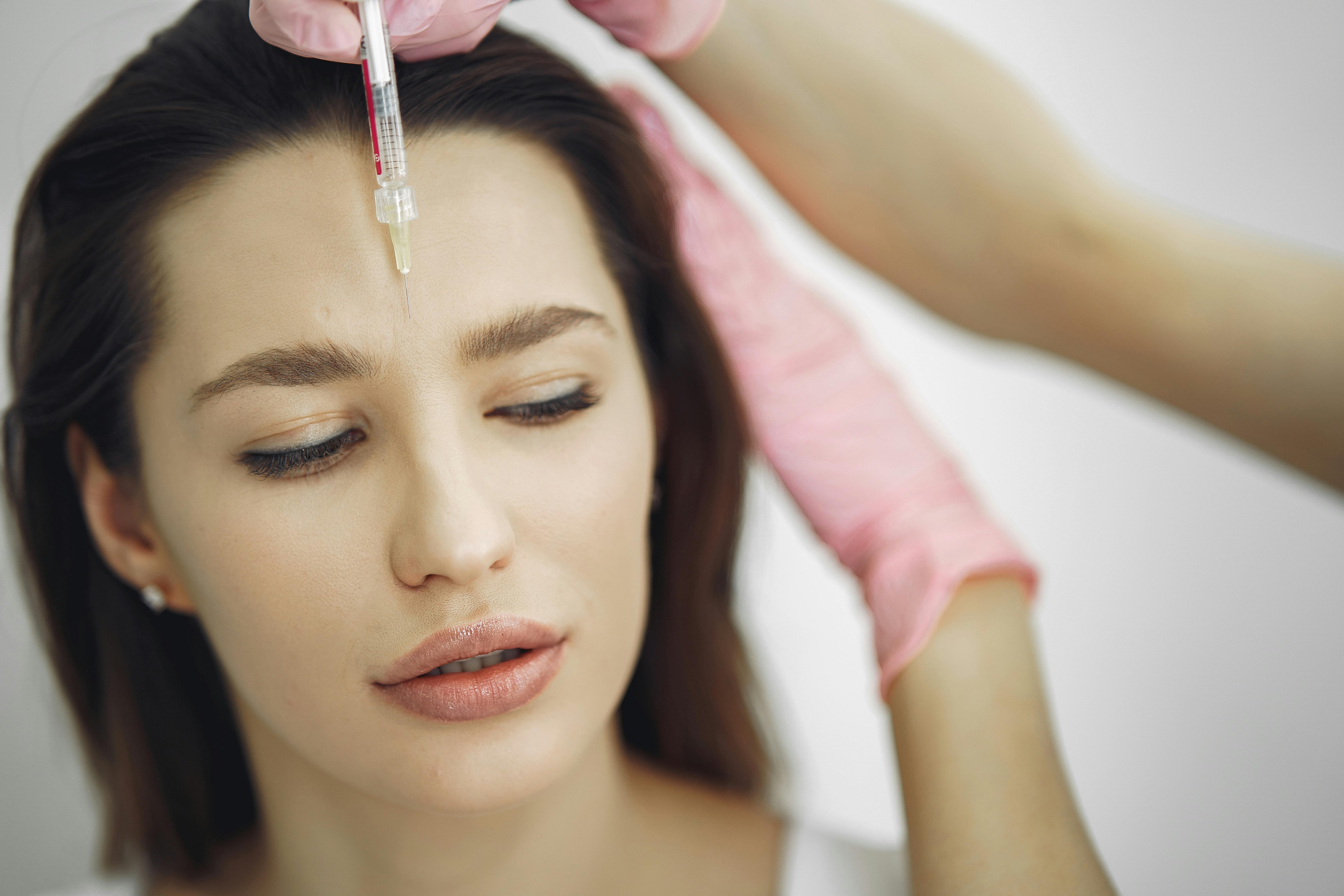The Art and Science of Eyebrow Microblading
Eyebrow microblading has revolutionised the beauty industry, offering a semi-permanent solution to sparse or over-plucked brows. This innovative technique involves using a handheld tool to deposit pigment into the skin, creating hair-like strokes that mimic natural eyebrows. The process has gained immense popularity in recent years, with celebrities and everyday individuals alike embracing the trend. Microblading has not only transformed countless faces but also sparked debates about beauty standards, self-expression, and the merging of cosmetic procedures with traditional makeup techniques.

The term ‘microblading’ itself didn’t come into common usage until around 2010. Before this, the technique was often referred to by various names, including feather touch, microstroking, and even 3D eyebrow embroidery. As the practice spread from Asia to Europe and eventually to North America, it underwent significant refinement and standardisation.
The evolution of microblading techniques has been driven by advancements in both tools and pigments. Early practitioners used manual hand tools that were essentially modified tattoo needles. Today, microblading artists use specially designed handheld tools that allow for much greater precision and control.
The Microblading Process Explained
The microblading procedure is a meticulous process that requires skill, patience, and artistry. It typically begins with a consultation, during which the technician discusses the client’s desired brow shape, colour, and overall aesthetic goals. This is followed by careful measurements and mapping of the face to ensure symmetry and balance.
The actual microblading process involves making tiny incisions in the skin and depositing pigment into these cuts. The technician uses a handheld tool with a blade made up of several tiny needles to create fine, hair-like strokes. These strokes are carefully placed to mimic the natural growth pattern of eyebrow hair, resulting in a remarkably realistic appearance.
The entire process usually takes between two to three hours, including the initial consultation and numbing time. Most clients report minimal discomfort, as topical anaesthetics are typically used to numb the area before the procedure begins.
The Science Behind the Strokes
While microblading is often considered an art form, there’s a significant amount of science involved in achieving optimal results. The pigments used in microblading are specifically formulated to be semi-permanent, meaning they will gradually fade over time. This is in contrast to traditional tattoo inks, which are designed to be permanent.
The composition of microblading pigments is crucial. They typically contain inorganic iron oxides, which are less likely to cause allergic reactions compared to organic pigments. The particle size of these pigments is also carefully controlled to ensure they remain in the upper layers of the skin, rather than migrating deeper as traditional tattoo inks do.
Understanding skin physiology is also essential for successful microblading. The strokes must be placed at the correct depth – typically in the upper dermis – to achieve the desired semi-permanent effect. If the pigment is deposited too superficially, it will fade too quickly, while placing it too deep can result in blurring and a less natural appearance.
Training and Regulation in the UK
In the United Kingdom, the regulation of microblading has been a topic of ongoing discussion. Currently, microblading falls under the category of semi-permanent makeup, which is regulated by local authorities. Practitioners must obtain a license from their local council to perform microblading procedures.
However, the specific training requirements for microblading artists can vary. Many reputable training academies in the UK offer comprehensive courses that cover not only the technical aspects of microblading but also important topics such as hygiene, skin anatomy, and colour theory. These courses typically range from a few days to several weeks in duration.
Despite these training opportunities, there have been calls for more standardised regulation of the industry. Organisations such as the British Association of Beauty Therapy and Cosmetology (BABTAC) have advocated for more stringent training requirements and clearer guidelines for practitioners.
The Psychology of Perfect Brows
The popularity of microblading speaks to a broader cultural fascination with eyebrows. In recent years, eyebrows have become a focal point of beauty trends, with various styles – from thin and arched to full and bushy – cycling in and out of fashion.
Psychologists have noted that eyebrows play a crucial role in facial recognition and non-verbal communication. They frame the eyes and can significantly impact the overall expression of the face. This may explain why many people report feeling more confident and attractive after undergoing microblading.
However, the trend has also sparked discussions about beauty standards and the pressure to achieve ‘perfect’ brows. Critics argue that the widespread adoption of microblading contributes to unrealistic beauty expectations and undermines natural diversity in facial features.
The Future of Microblading
As microblading continues to evolve, new techniques and technologies are emerging. Nano blading, which uses even finer needles for more delicate strokes, is gaining popularity. Additionally, some practitioners are experimenting with combining microblading with other semi-permanent makeup techniques for more comprehensive facial enhancements.
There’s also growing interest in more natural, organic pigments for microblading. As consumers become increasingly conscious of the ingredients in their beauty products, some microblading artists are exploring plant-based and hypoallergenic pigment options.
Looking ahead, the microblading industry is likely to see continued growth and innovation. However, it may also face increased scrutiny and regulation as awareness of potential risks and complications grows. As with any cosmetic procedure, potential clients are advised to thoroughly research practitioners and understand both the benefits and risks before committing to microblading.
In conclusion, microblading represents a fascinating intersection of art, science, and cultural trends. Its rise to prominence reflects changing attitudes towards beauty and self-enhancement, while also raising important questions about regulation and safety in the cosmetics industry. As the technique continues to evolve, it will undoubtedly remain a topic of interest for beauty enthusiasts, healthcare professionals, and cultural commentators alike.




